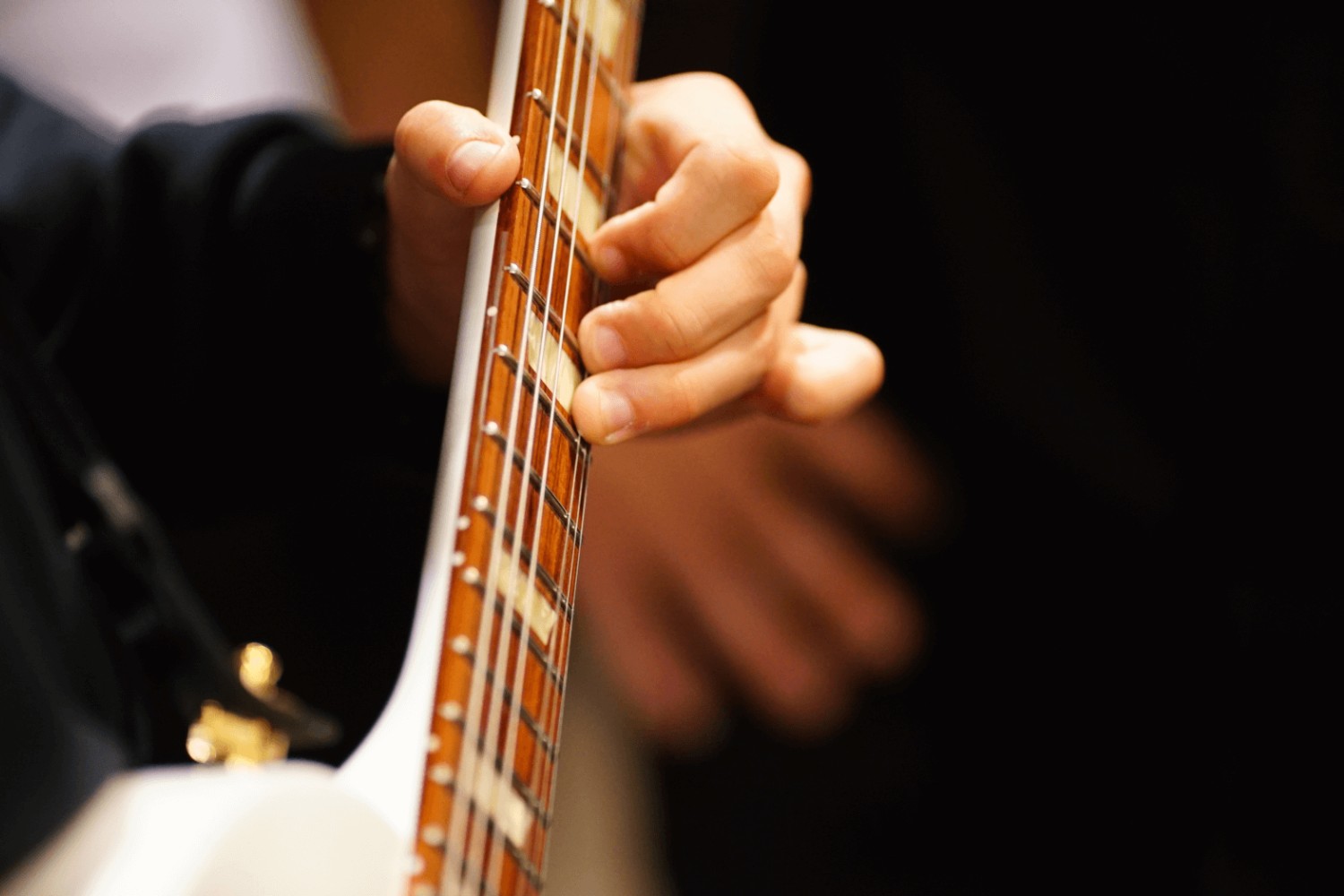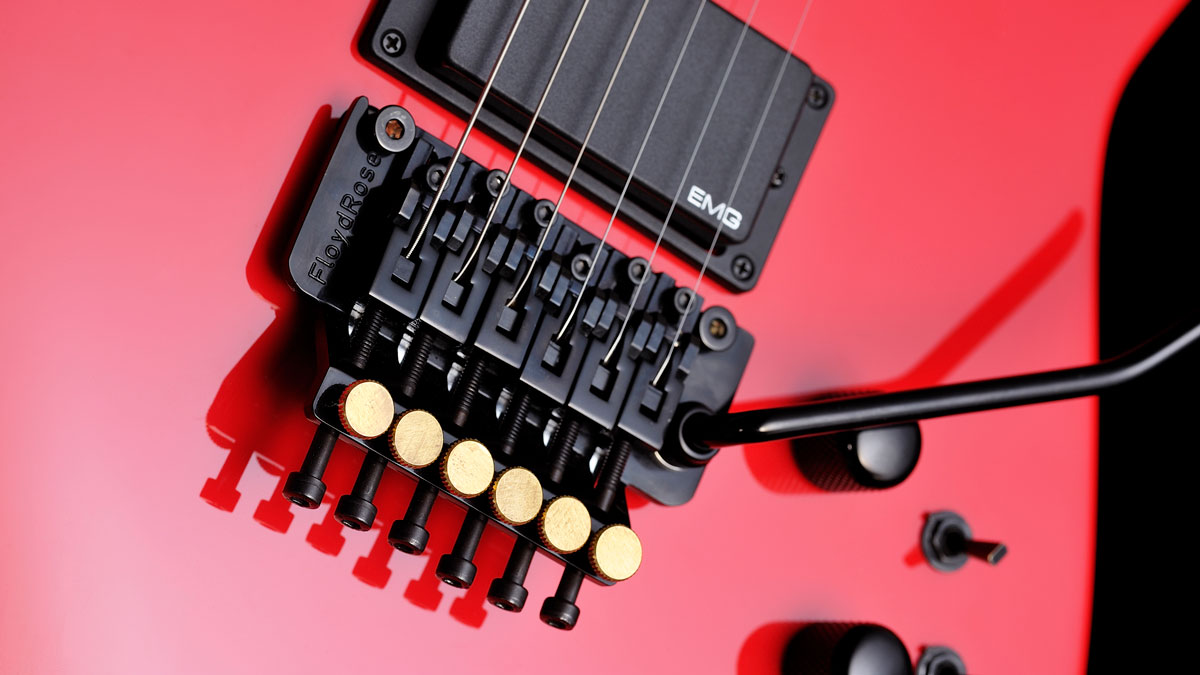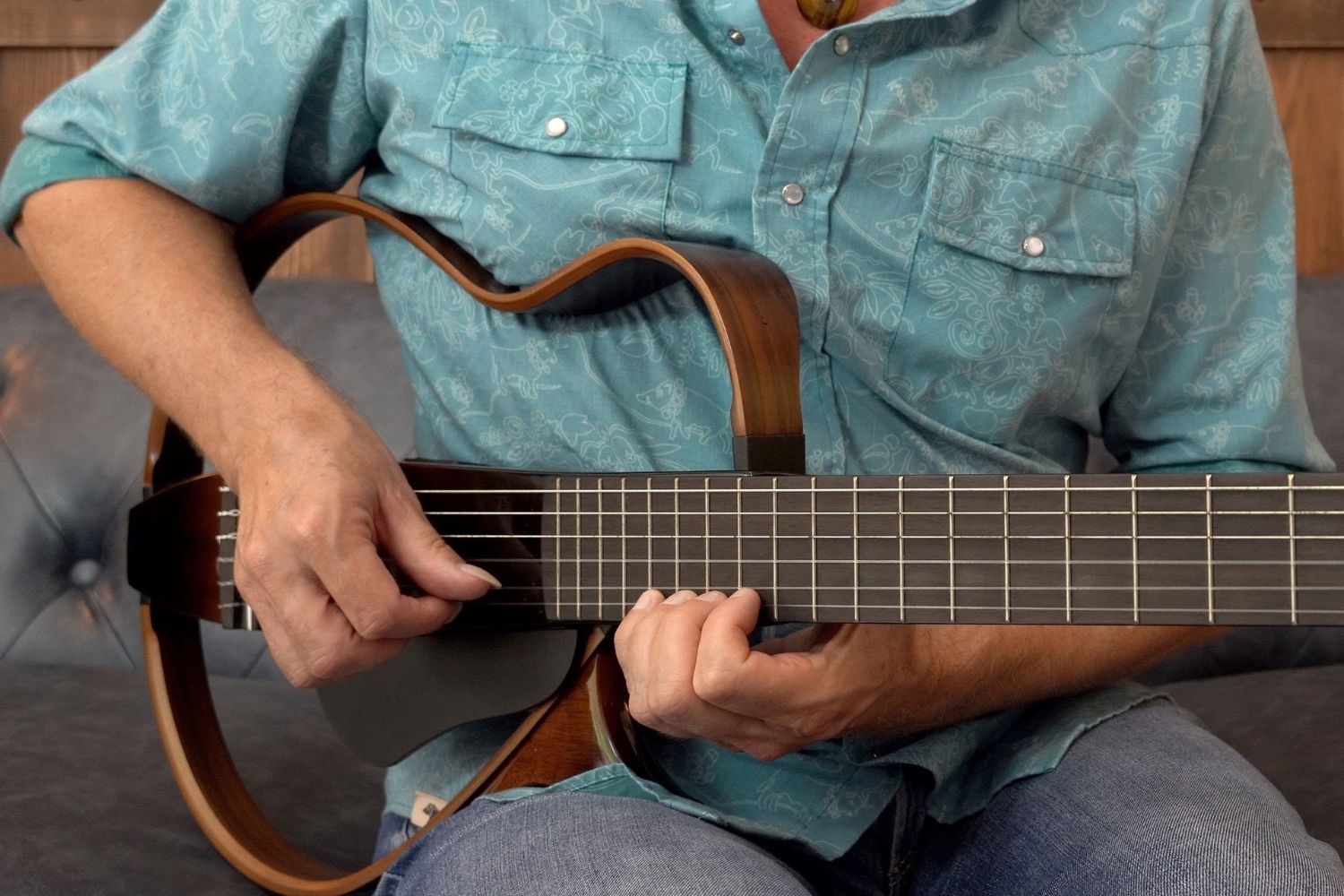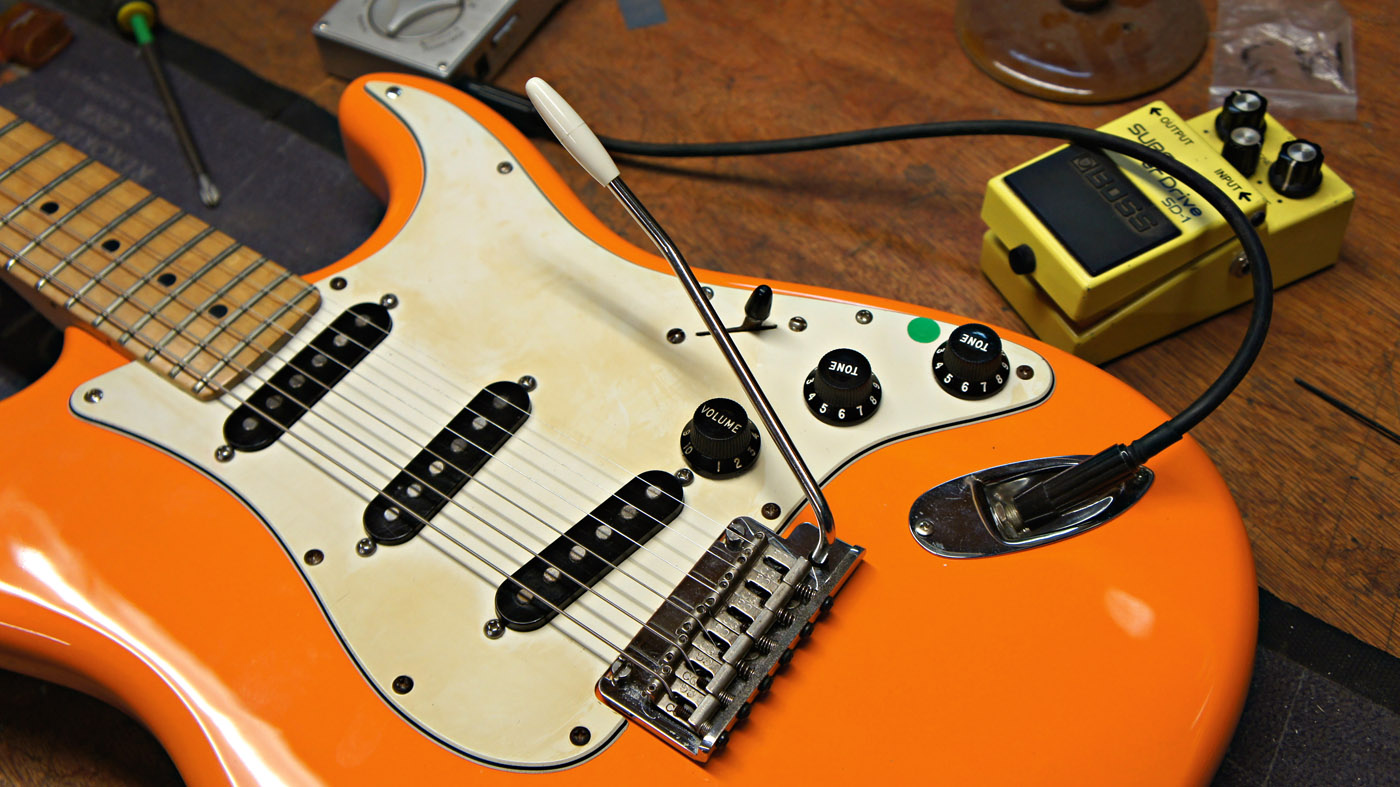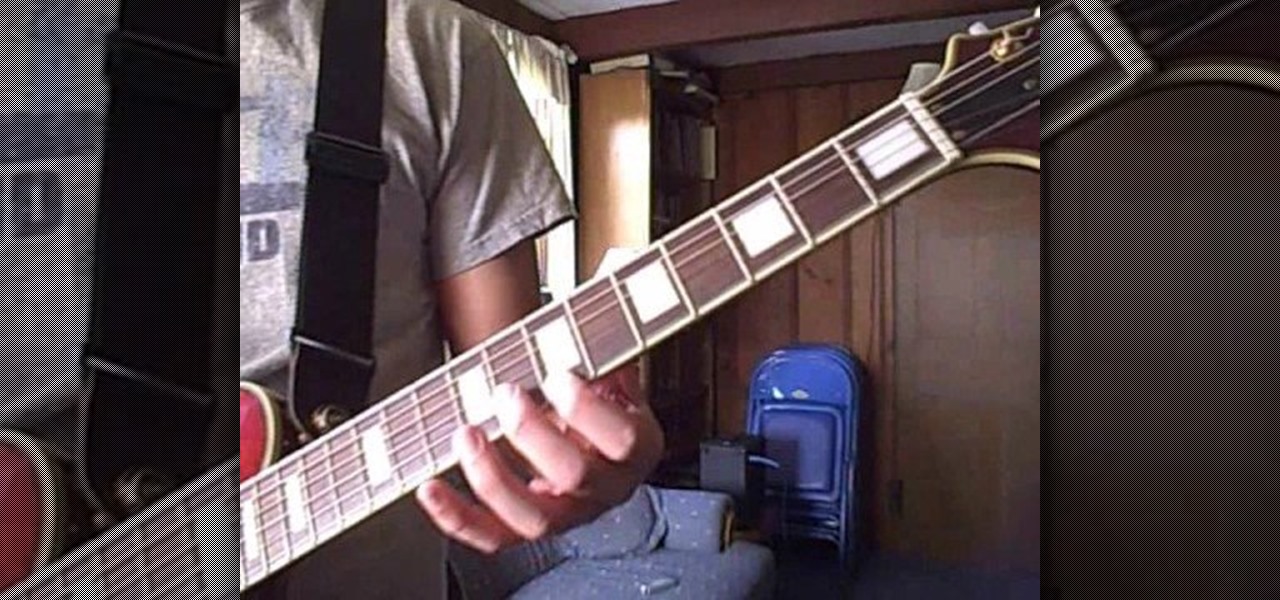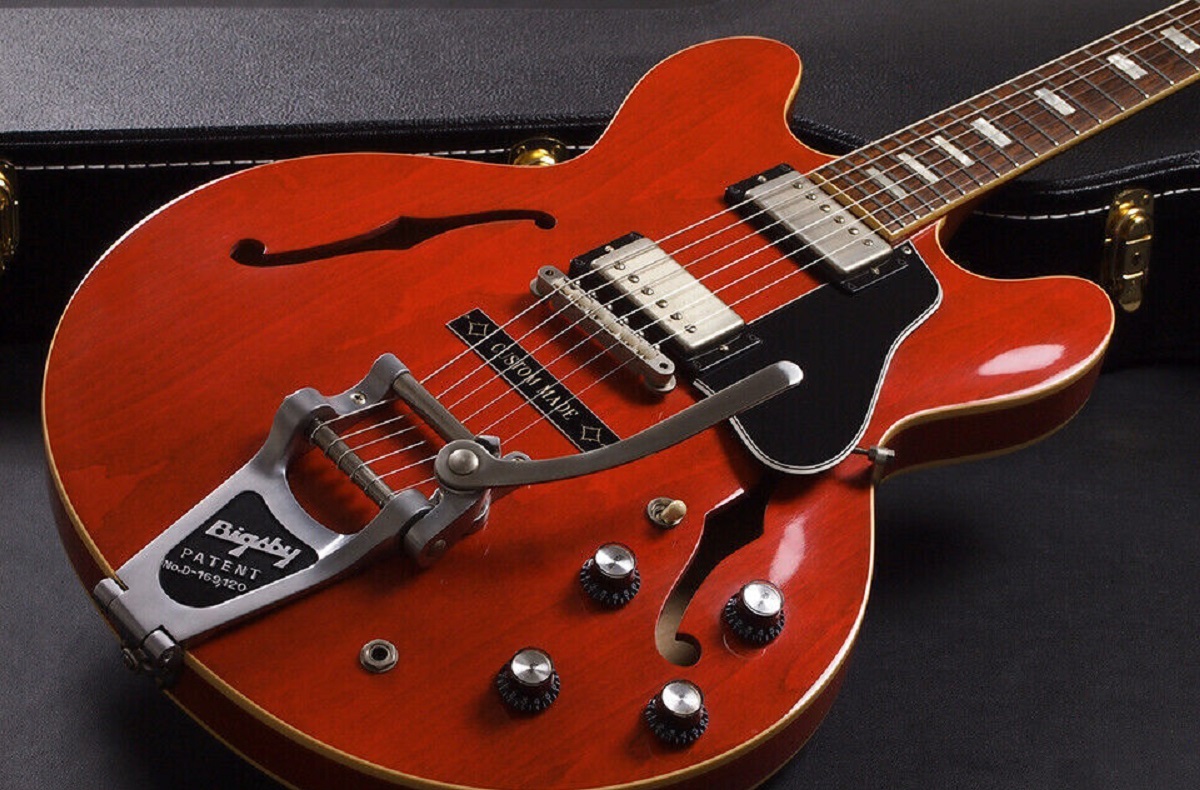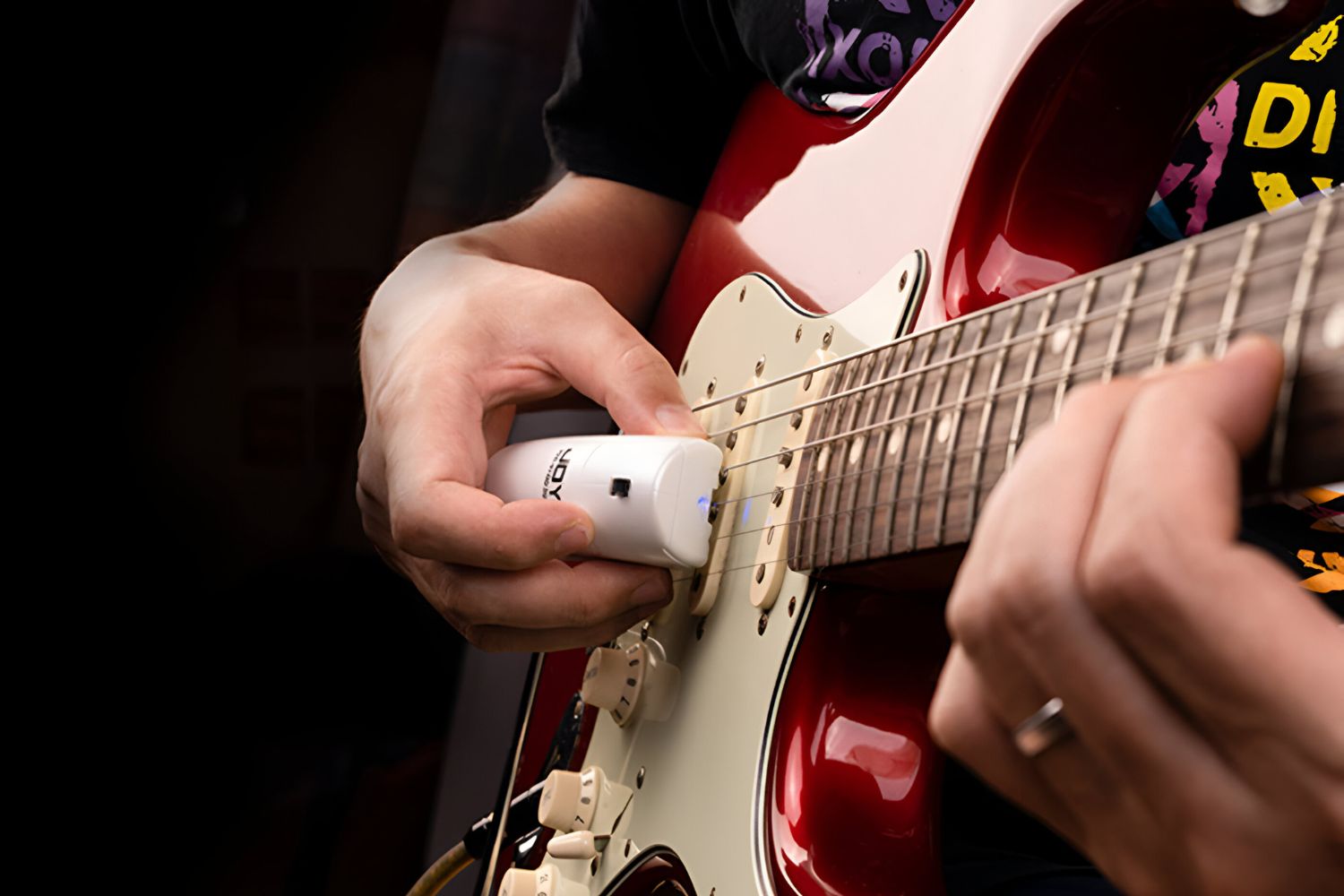Introduction
Introduction
Adding vibrato to an electric guitar can significantly enhance the expressiveness and musicality of your playing. Vibrato is a technique that involves oscillating the pitch of a note, adding depth, emotion, and character to the sound. Whether you're a seasoned guitarist or just starting out, mastering the art of vibrato can take your playing to the next level.
In this comprehensive guide, we will delve into the intricacies of vibrato, exploring its various forms and techniques. From understanding the fundamentals of vibrato to learning how to execute it flawlessly on an electric guitar, this article will equip you with the knowledge and skills to infuse your playing with rich, dynamic vibrato.
By the end of this guide, you'll have a firm grasp of the nuances of vibrato and be well on your way to incorporating this captivating technique into your guitar repertoire. So, grab your electric guitar, and let's embark on a journey to unlock the secrets of adding vibrato to your playing.
What is Vibrato?
Vibrato is a fundamental technique in music that adds a subtle, yet impactful, dimension to the sound produced by a guitar. It involves oscillating the pitch of a note up and down in a controlled manner, creating a pulsating effect that enriches the tonal quality and emotional expressiveness of the music. This gentle modulation of pitch imparts a sense of warmth, depth, and soulfulness to the notes, making them come alive with a captivating, organic quality.
When executed skillfully, vibrato infuses the music with a sense of fluidity and emotion, allowing the guitarist to convey their artistic expression with greater nuance. It is a hallmark of virtuosic playing and is widely revered for its ability to imbue melodies with a sense of vibrancy and allure.
At its core, vibrato is a form of ornamentation that embellishes individual notes, transforming them from static entities into dynamic, living entities that resonate with the listener on a profound level. It is a powerful tool for adding color, texture, and personality to guitar playing, enabling the musician to evoke a wide range of moods and emotions through the manipulation of pitch.
Understanding the essence of vibrato is pivotal for any guitarist seeking to elevate their playing to a higher echelon. By mastering the art of vibrato, musicians can imbue their performances with a captivating sense of expressiveness and finesse, captivating audiences and fellow musicians alike with the sheer beauty and emotion of their playing.
Types of Vibrato
There are several distinct types of vibrato, each offering its own unique characteristics and sonic qualities. Understanding these variations is crucial for guitarists looking to expand their repertoire and develop a diverse range of expressive techniques. Here are the primary types of vibrato commonly employed in electric guitar playing:
- Finger Vibrato: This type of vibrato is executed by subtly bending the string back and forth using the fingers. It requires precise finger control and dexterity to modulate the pitch of the note smoothly and consistently. Finger vibrato allows for a more nuanced and personalized approach, enabling the guitarist to tailor the vibrato to suit the specific phrasing and emotional context of the music.
- Tremolo Bar Vibrato: Also known as whammy bar vibrato, this technique involves using the guitar’s tremolo arm to alter the pitch of the notes. By manipulating the tremolo bar, the guitarist can produce dramatic pitch fluctuations, creating a wide, expressive vibrato effect. Tremolo bar vibrato offers a dynamic and versatile means of adding vibrato to the music, allowing for bold, sweeping pitch variations that can inject energy and excitement into the performance.
- Hand Vibrato: Hand vibrato involves subtly rocking the fretting hand back and forth while maintaining pressure on the string, causing the pitch to oscillate. This technique requires a delicate balance of hand strength and control to produce a smooth and controlled vibrato effect. Hand vibrato offers a tactile and intimate approach to adding expression to the notes, allowing for a more direct and immediate connection between the guitarist and the music.
Each type of vibrato brings its own distinctive flavor to the music, offering guitarists a rich palette of expressive possibilities to explore. By mastering these various vibrato techniques, musicians can imbue their playing with a captivating sense of depth, emotion, and artistry, elevating their performances to new heights of musical expression.
Techniques for Adding Vibrato to an Electric Guitar
Mastering the art of adding vibrato to an electric guitar involves honing a diverse set of techniques that enable the guitarist to imbue their playing with expressiveness and depth. Whether employing the tremolo bar, finger vibrato, or hand vibrato, each technique requires precision, control, and a keen understanding of musical phrasing. Here, we explore the primary techniques for adding vibrato to an electric guitar:
- Using the Tremolo Bar: The tremolo bar, also known as the whammy bar, is a lever attached to the bridge of the guitar that allows the player to manipulate the tension of the strings, thereby altering the pitch of the notes. To execute vibrato using the tremolo bar, the guitarist can depress or release the bar while playing a note or chord, causing the pitch to fluctuate in a controlled manner. This technique enables the creation of wide, dramatic vibrato effects, adding a dynamic and expressive dimension to the music.
- Finger Vibrato: Finger vibrato is executed by subtly bending the string back and forth using the fingers while maintaining pressure on the fretted note. This technique requires finesse and finger strength to modulate the pitch smoothly and consistently. By varying the speed and depth of the finger movements, guitarists can tailor the vibrato to suit the musical context, infusing the notes with a personalized and emotive quality.
- Hand Vibrato: Hand vibrato involves rocking the fretting hand back and forth while maintaining pressure on the string, causing the pitch to oscillate. This technique demands a delicate balance of hand strength and control to produce a smooth and controlled vibrato effect. Hand vibrato offers a tactile and intimate approach to adding expression to the notes, allowing for a direct and immediate connection between the guitarist and the music.
Each of these techniques offers a distinct approach to adding vibrato to the electric guitar, providing guitarists with a versatile toolkit for infusing their playing with emotion, nuance, and personality. By mastering these techniques and integrating them into their musical vocabulary, musicians can unlock a world of expressive possibilities, elevating their performances to new heights of artistry and musicality.
Using the Tremolo Bar
The tremolo bar, also known as the whammy bar, is a pivotal tool for adding vibrato and dynamic pitch effects to the electric guitar. Attached to the bridge of the guitar, this lever allows the guitarist to manipulate the tension of the strings, thereby altering the pitch of the notes in real time. The tremolo bar offers a versatile and expressive means of introducing vibrato and other pitch modulation techniques into the music, enabling the creation of dramatic and evocative sonic effects.
To execute vibrato using the tremolo bar, the guitarist can depress or release the bar while playing a note or chord, causing the pitch to fluctuate in a controlled manner. By varying the depth and speed of the tremolo bar movements, musicians can produce a wide range of vibrato effects, from subtle and shimmering to bold and sweeping. This dynamic technique adds a rich layer of expressiveness to the music, allowing for emotive and captivating performances.
Besides vibrato, the tremolo bar can be used to create dive bombs, soaring pitch bends, and expressive tremolo effects, making it an indispensable tool for guitarists seeking to push the boundaries of sonic exploration. By mastering the nuances of tremolo bar manipulation, musicians can infuse their playing with a sense of dynamism and creativity, elevating their performances to new heights of musical expression.
It is important for guitarists to familiarize themselves with the characteristics of their specific tremolo system, as different guitars and tremolo setups may offer unique responses and tonal qualities. Experimenting with the tremolo bar and exploring its sonic possibilities is an essential part of the guitarist’s journey toward harnessing the full potential of this expressive tool.
Ultimately, the tremolo bar serves as a gateway to a world of sonic experimentation, allowing guitarists to imbue their playing with a captivating sense of movement and emotion. By incorporating the tremolo bar into their musical arsenal, musicians can unleash a myriad of expressive techniques, enriching their performances with a tapestry of evocative and dynamic sounds.
Finger Vibrato
Finger vibrato is a nuanced and expressive technique that enables guitarists to infuse their playing with rich, emotive vibrato effects. Unlike tremolo bar vibrato, which involves manipulating the guitar’s hardware, finger vibrato relies on the guitarist’s dexterity and finger strength to modulate the pitch of the notes. This tactile and personalized approach to vibrato allows for a deep connection between the musician and the music, offering a wide range of expressive possibilities.
To execute finger vibrato, the guitarist applies subtle pressure to the fretted note and gently rocks their finger back and forth, causing the string to oscillate and the pitch to fluctuate. This controlled motion creates a pulsating effect that adds warmth and depth to the sustained note, infusing it with a captivating sense of life and emotion. By varying the speed and depth of the finger movements, guitarists can tailor the vibrato to suit the musical context, adding a personalized touch to their playing.
Mastering finger vibrato requires precision and control, as well as a keen understanding of musical phrasing. The guitarist must develop the strength and agility to execute smooth and consistent vibrato, allowing for seamless integration of this expressive technique into their playing. By honing their finger vibrato, musicians can imbue their melodies with a sense of fluidity and soulfulness, captivating listeners with the sheer beauty and expressiveness of their playing.
One of the defining features of finger vibrato is its ability to convey a wide range of emotions, from tender and introspective to bold and impassioned. This versatility makes finger vibrato an indispensable tool for guitarists looking to add depth and character to their musical performances. Whether delicately embellishing a melodic passage or injecting raw emotion into a soaring solo, finger vibrato offers a wealth of expressive possibilities.
By integrating finger vibrato into their repertoire, guitarists can elevate their playing to new heights of artistry and emotional resonance, captivating audiences with the evocative and soul-stirring qualities of their music. This intimate and tactile technique serves as a testament to the guitarist’s ability to communicate profound emotions through the subtle manipulation of pitch, adding a layer of depth and humanity to their playing that resonates with listeners on a profound level.
Conclusion
Adding vibrato to an electric guitar is a transformative journey that empowers guitarists to infuse their playing with depth, emotion, and expressiveness. By mastering the various techniques of vibrato, including finger vibrato, tremolo bar vibrato, and hand vibrato, musicians can unlock a world of expressive possibilities, elevating their performances to new heights of musical artistry.
Vibrato, in its myriad forms, serves as a testament to the guitarist’s ability to communicate profound emotions through the subtle manipulation of pitch, adding a layer of depth and humanity to their playing that resonates with listeners on a profound level. The nuanced art of vibrato allows for a direct and immediate connection between the musician and the music, enabling the conveyance of a wide range of emotions, from tender and introspective to bold and impassioned.
Whether delicately embellishing a melodic passage or injecting raw emotion into a soaring solo, vibrato offers a wealth of expressive possibilities, enriching the musical landscape with its captivating and soul-stirring qualities. Through dedicated practice and exploration, guitarists can harness the full potential of vibrato, imbuing their performances with a captivating sense of movement, emotion, and artistry.
As guitarists continue to refine their vibrato techniques, they embark on a journey toward musical self-discovery, uncovering new facets of their playing and expanding their expressive capabilities. Vibrato, with its ability to add warmth, color, and personality to the notes, stands as a cornerstone of virtuosic playing, capturing the hearts and imaginations of audiences with its captivating allure.
In essence, vibrato is more than just a technique—it is a gateway to a world of sonic exploration and emotional expression. By embracing the art of vibrato, guitarists can breathe life into their music, captivating listeners with the sheer beauty and emotive power of their playing. Vibrato, in all its forms, stands as a testament to the guitarist’s ability to communicate profound emotions through the subtle manipulation of pitch, adding a layer of depth and humanity to their playing that resonates with audiences on a profound and visceral level.







